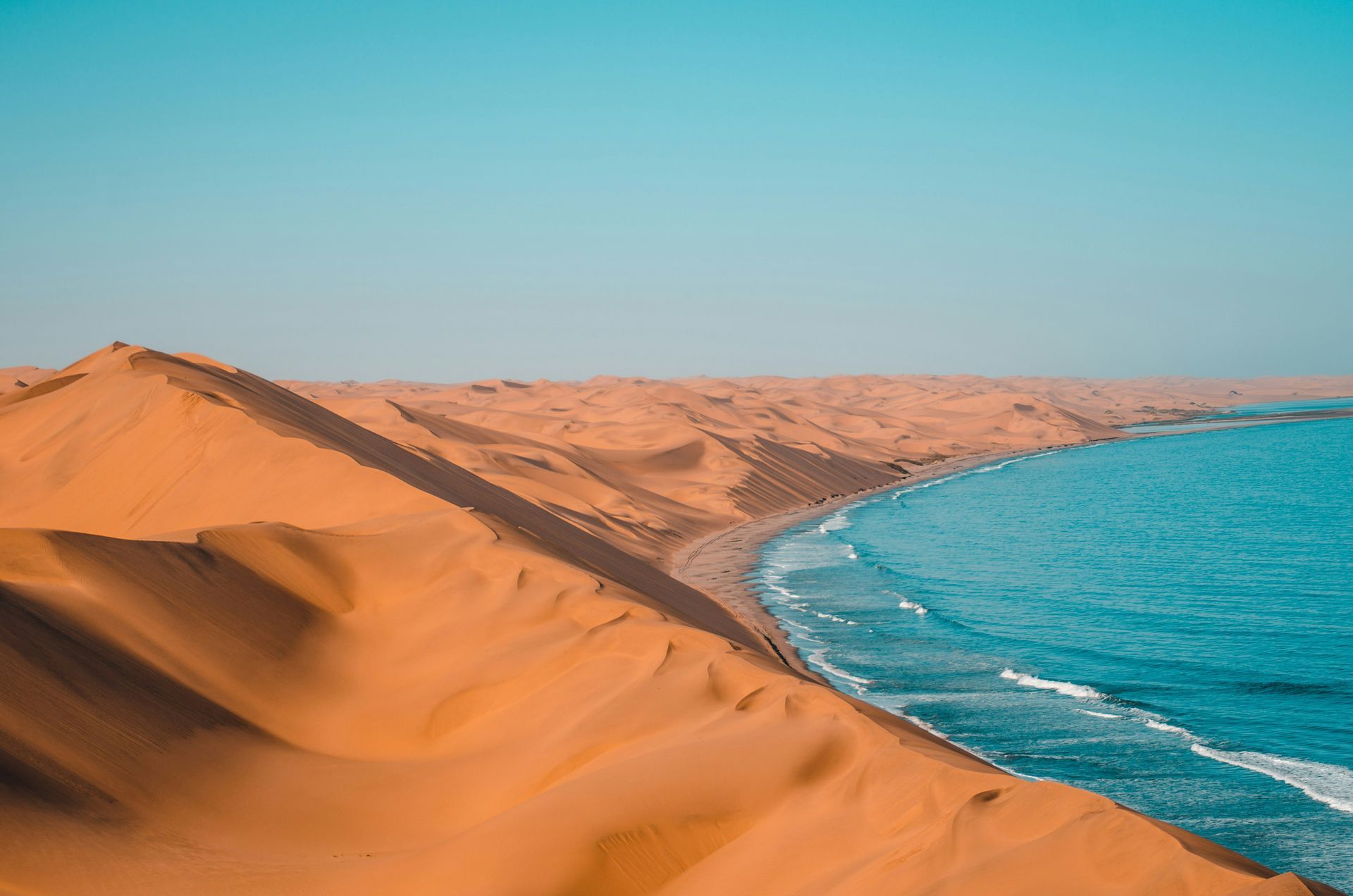Namibia
Namibia is a land of striking contrasts, where vast deserts meet rugged mountains and wildlife thrives in dramatic landscapes. Known for its endless horizons, towering red dunes, and unique blend of cultures, Namibia offers travelers a chance to experience raw natural beauty alongside rich traditions. From remarkable wildlife safaris to encounters with ancient heritage, the country invites exploration and wonder at every turn.
Namibia
Namibia is a land of striking contrasts, where vast deserts meet rugged mountains and wildlife thrives in dramatic landscapes. Known for its endless horizons, towering red dunes, and unique blend of cultures, Namibia offers travelers a chance to experience raw natural beauty alongside rich traditions. From remarkable wildlife safaris to encounters with ancient heritage, the country invites exploration and wonder at every turn.
Why Namibia?
Namibia is a destination unlike any other, where dramatic desert scenery, abundant wildlife, and rich cultural traditions come together in harmony. It’s a place to marvel at the towering dunes of the Namib Desert, witness wildlife in Etosha, and connect with indigenous heritage that has shaped the land for centuries. With its wide open spaces, star-filled skies, and spirit of adventure, Namibia promises an unforgettable journey for those seeking both natural wonder and cultural depth.
Land of Contrasts.
Namibia, known as the Land of Contrasts, offers travelers an extraordinary blend of dramatic landscapes and rich cultural diversity. From the towering red dunes of Sossusvlei to the rugged Skeleton Coast, and from wildlife-filled savannahs to bustling cities, every corner reveals something unique. This striking diversity extends to its people, where ancient traditions live alongside modern influences, creating a destination that is as captivating as it is varied.
Why Namibia?
Namibia is a destination unlike any other, where dramatic desert scenery, abundant wildlife, and rich cultural traditions come together in harmony. It’s a place to marvel at the towering dunes of the Namib Desert, witness wildlife in Etosha, and connect with indigenous heritage that has shaped the land for centuries. With its wide open spaces, star-filled skies, and spirit of adventure, Namibia promises an unforgettable journey for those seeking both natural wonder and cultural depth.
Land of Contrasts.
Namibia, known as the Land of Contrasts, offers travelers an extraordinary blend of dramatic landscapes and rich cultural diversity. From the towering red dunes of Sossusvlei to the rugged Skeleton Coast, and from wildlife-filled savannahs to bustling cities, every corner reveals something unique. This striking diversity extends to its people, where ancient traditions live alongside modern influences, creating a destination that is as captivating as it is varied.
Featured Destinations
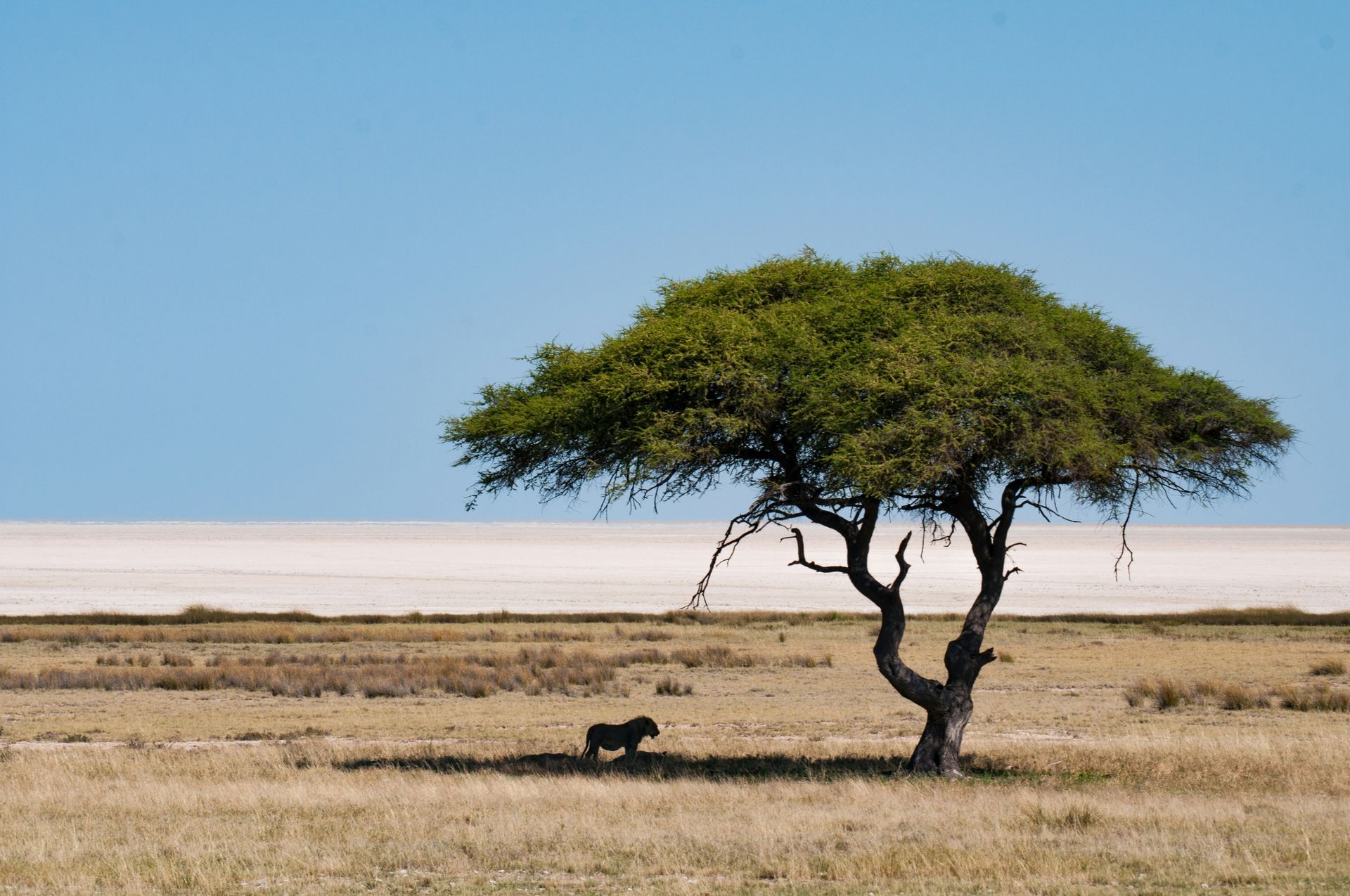
Slide title
Etosha
Button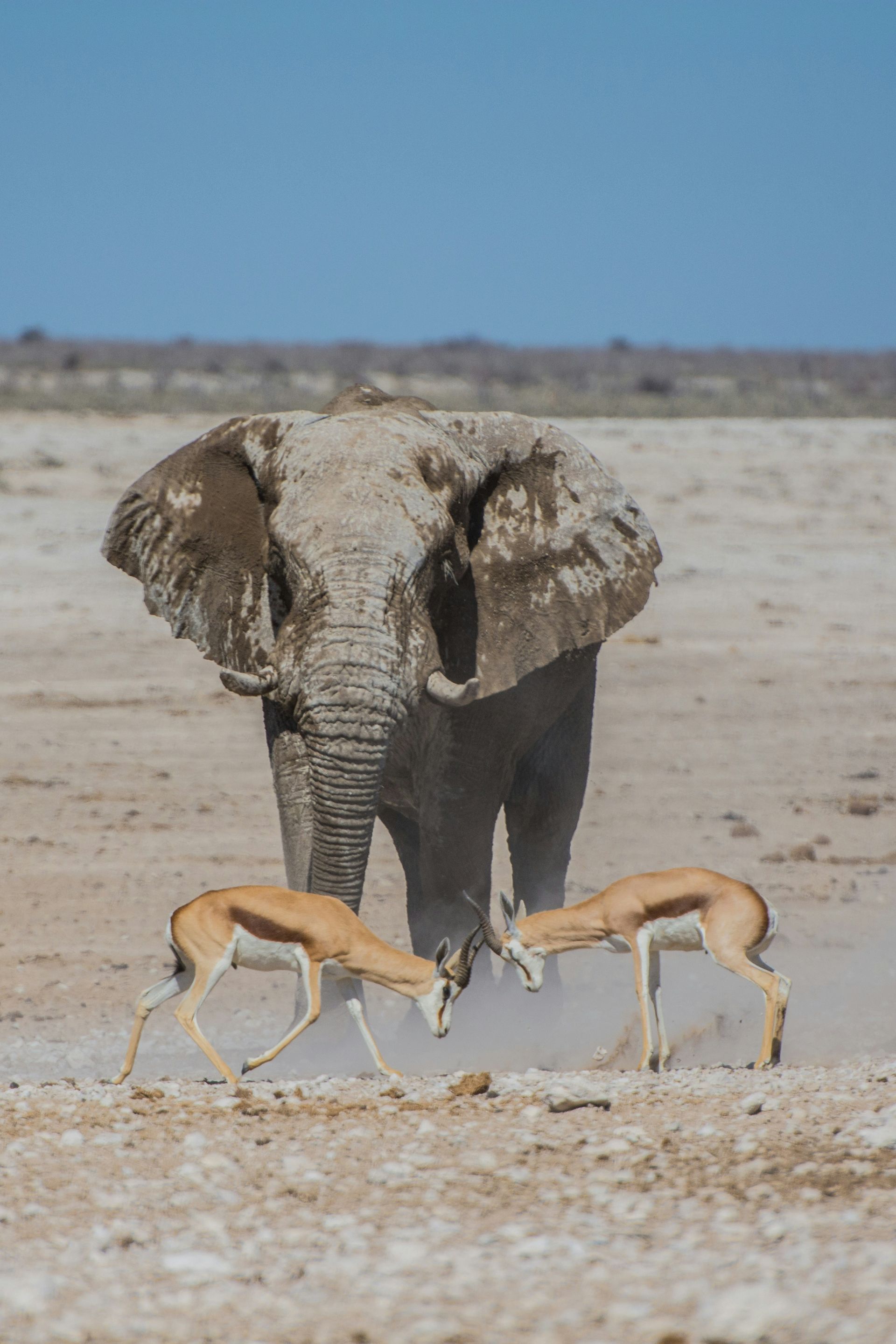
Slide title
Etosha
Button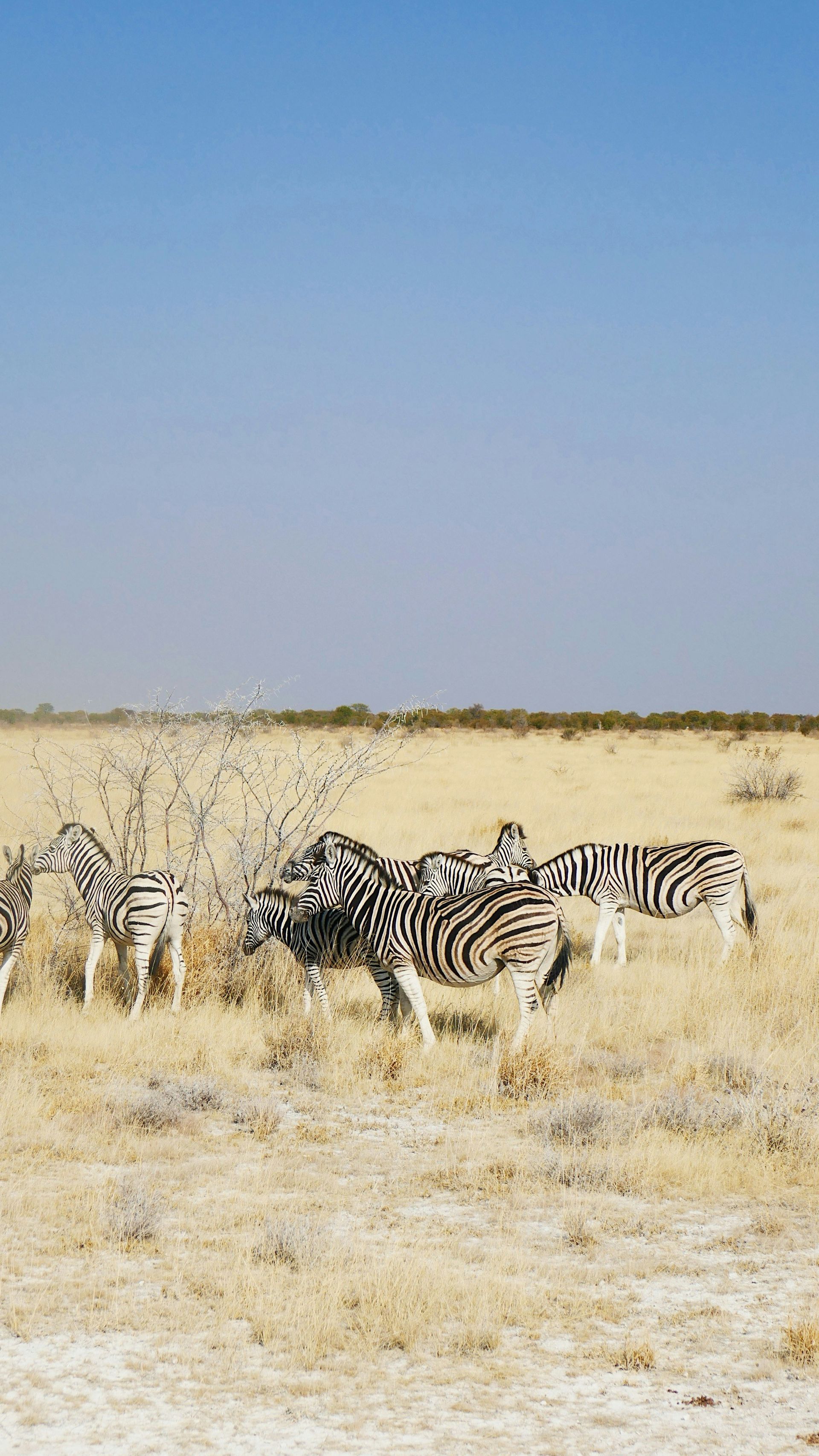
Slide title
Etosha
Button
Slide title
Etosha
Button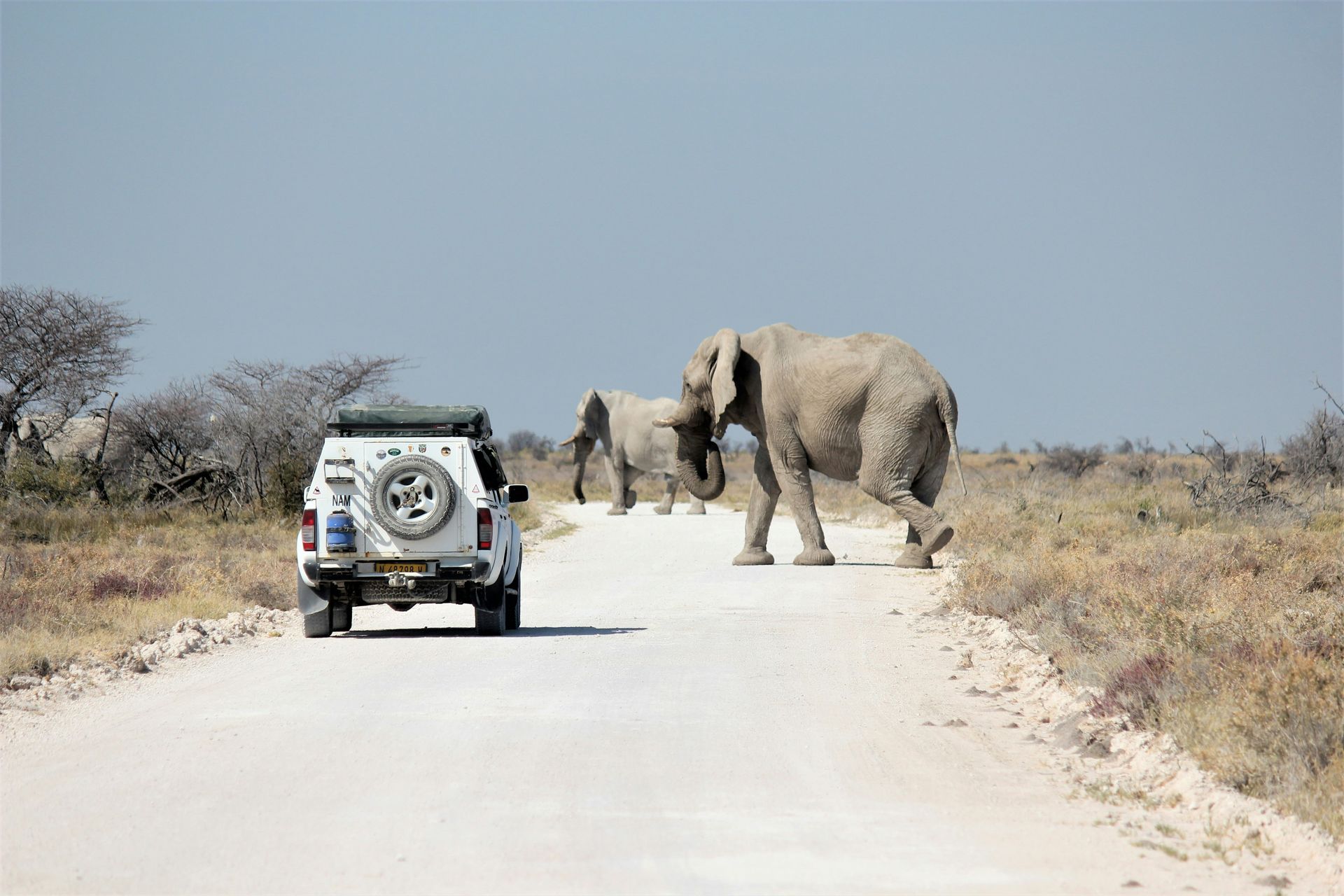
Slide title
Etosha
Button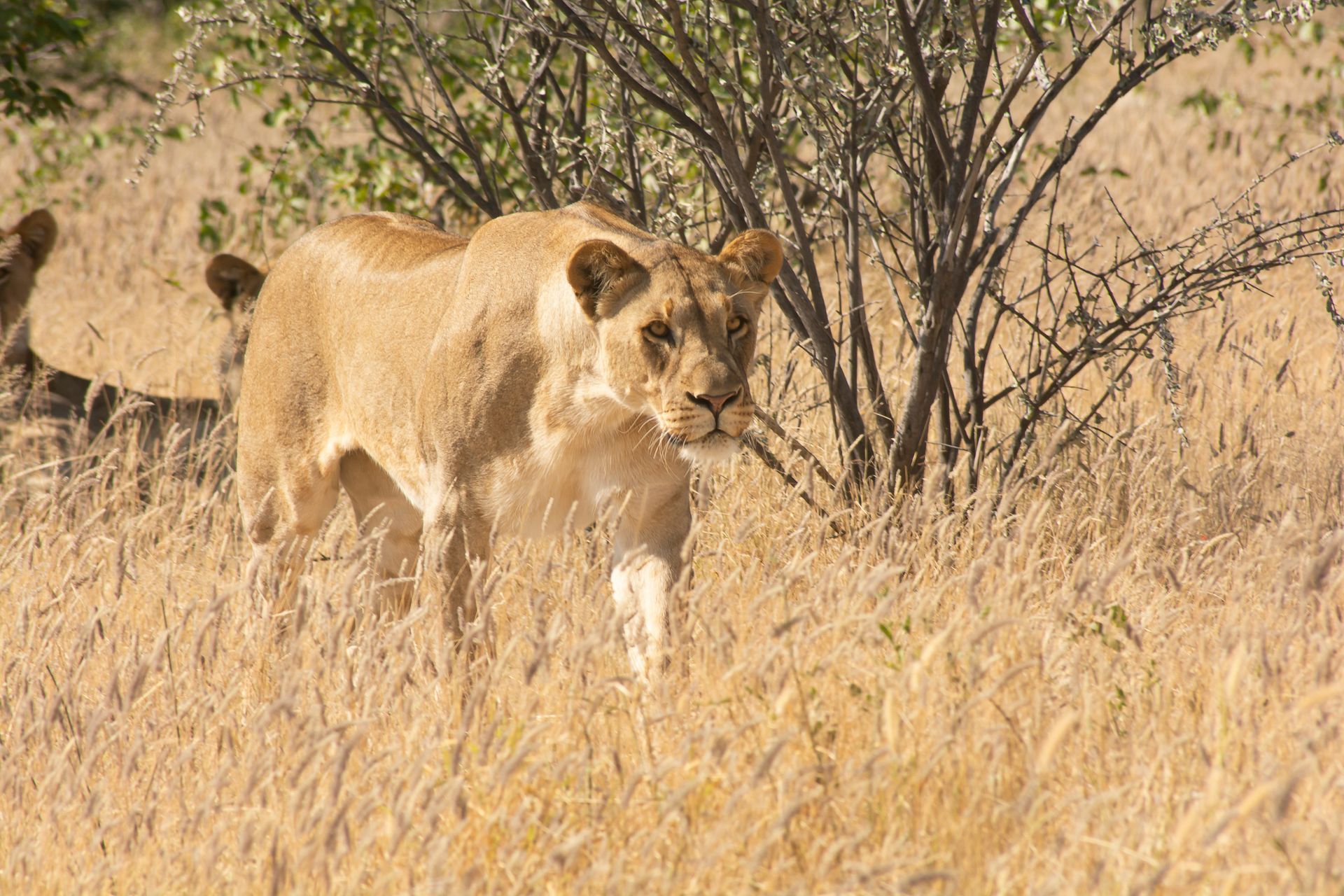
Slide title
Etosha
Button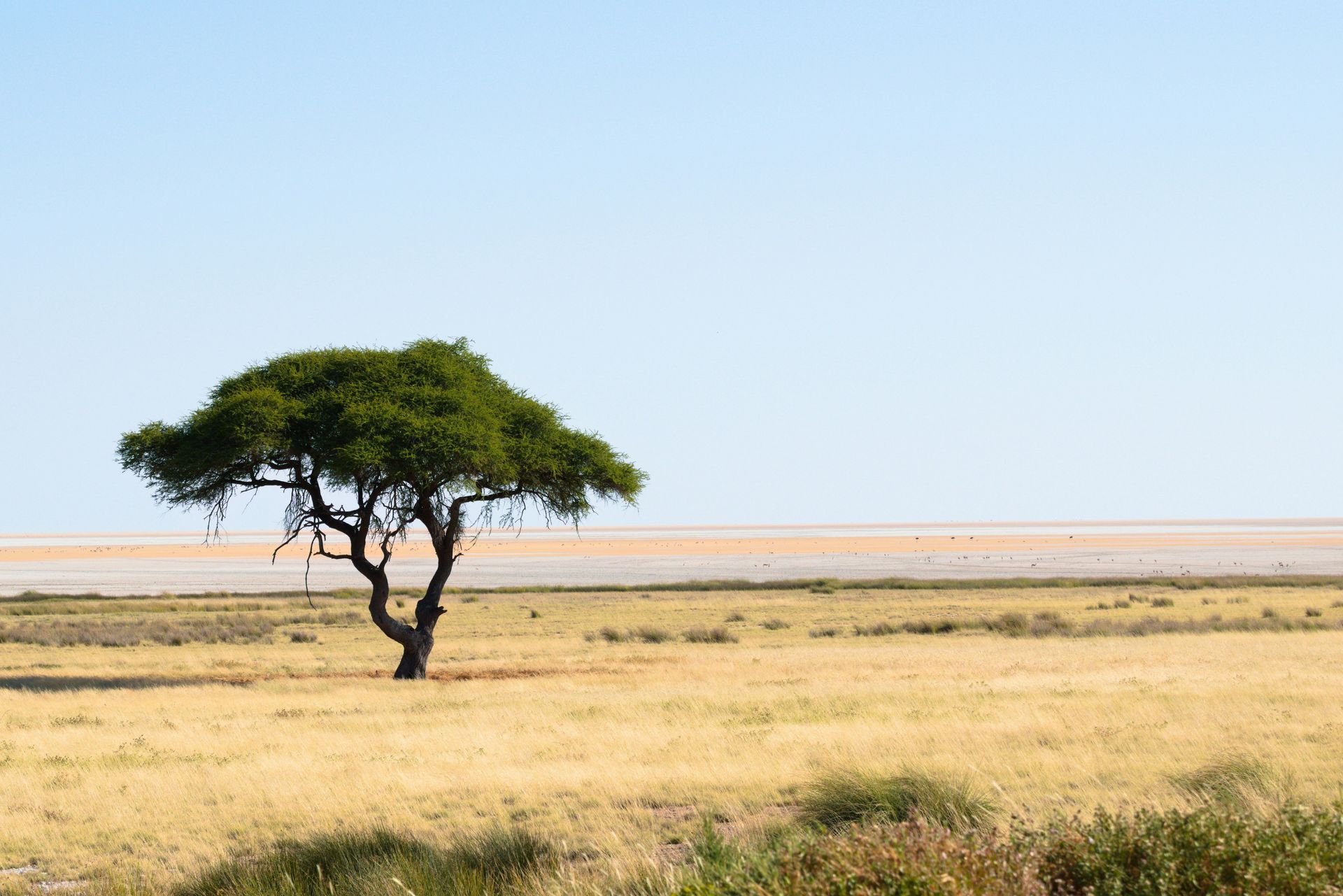
Slide title
Etosha
Button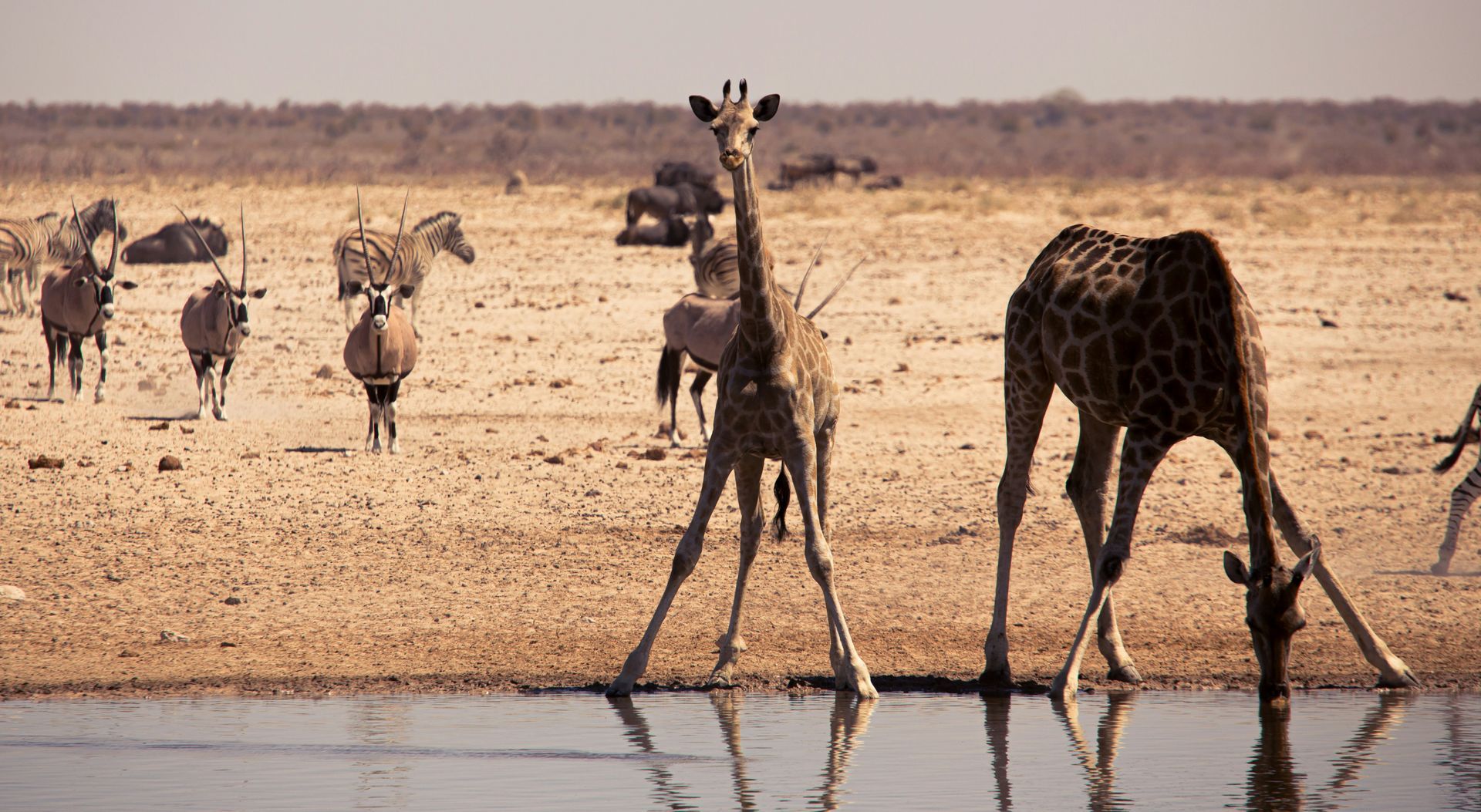
Slide title
Etosha
Button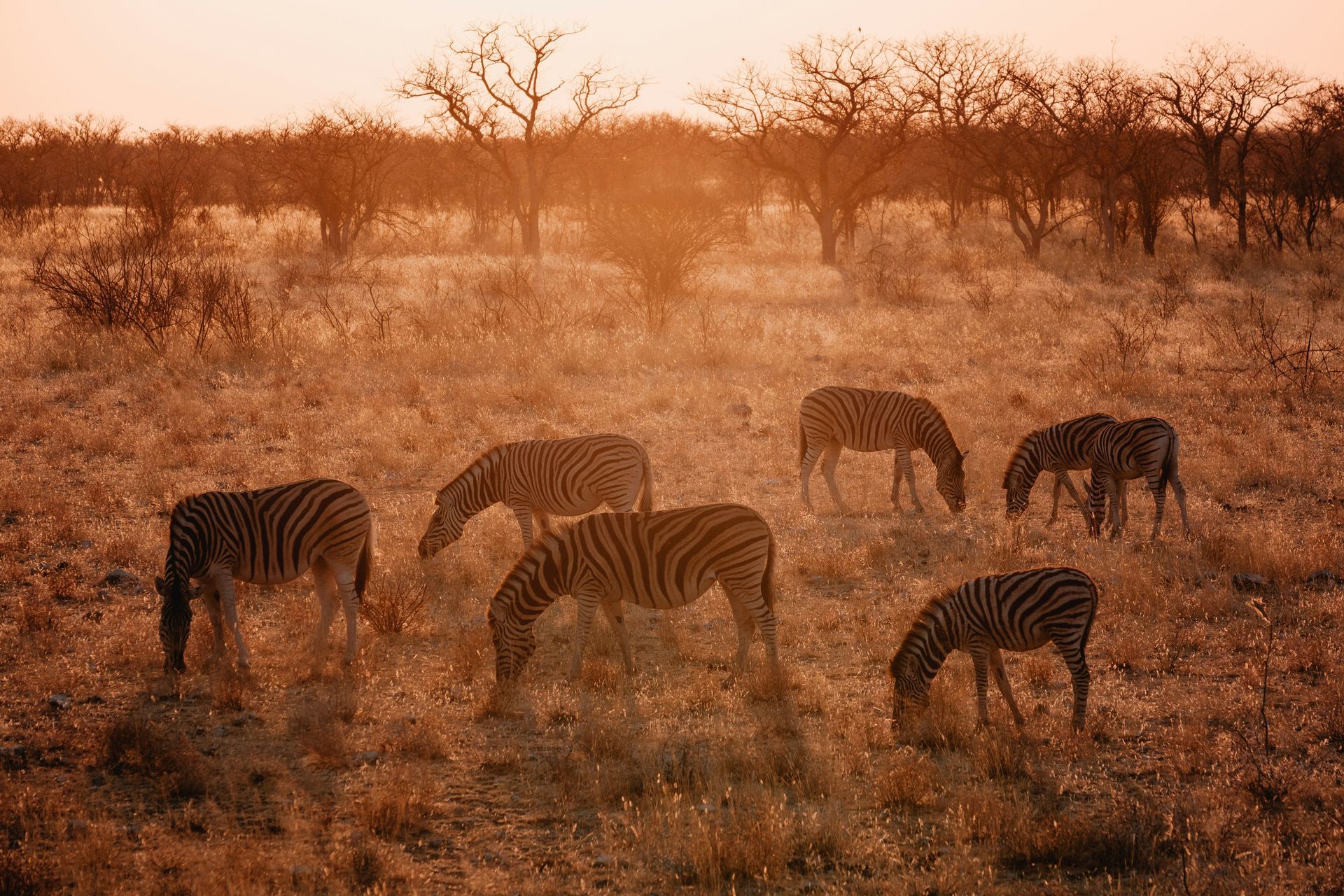
Slide title
Etosha
Button

Slide title
Namib Desert
Button
Slide title
Namib Desert
Button
Slide title
Namib Desert
Button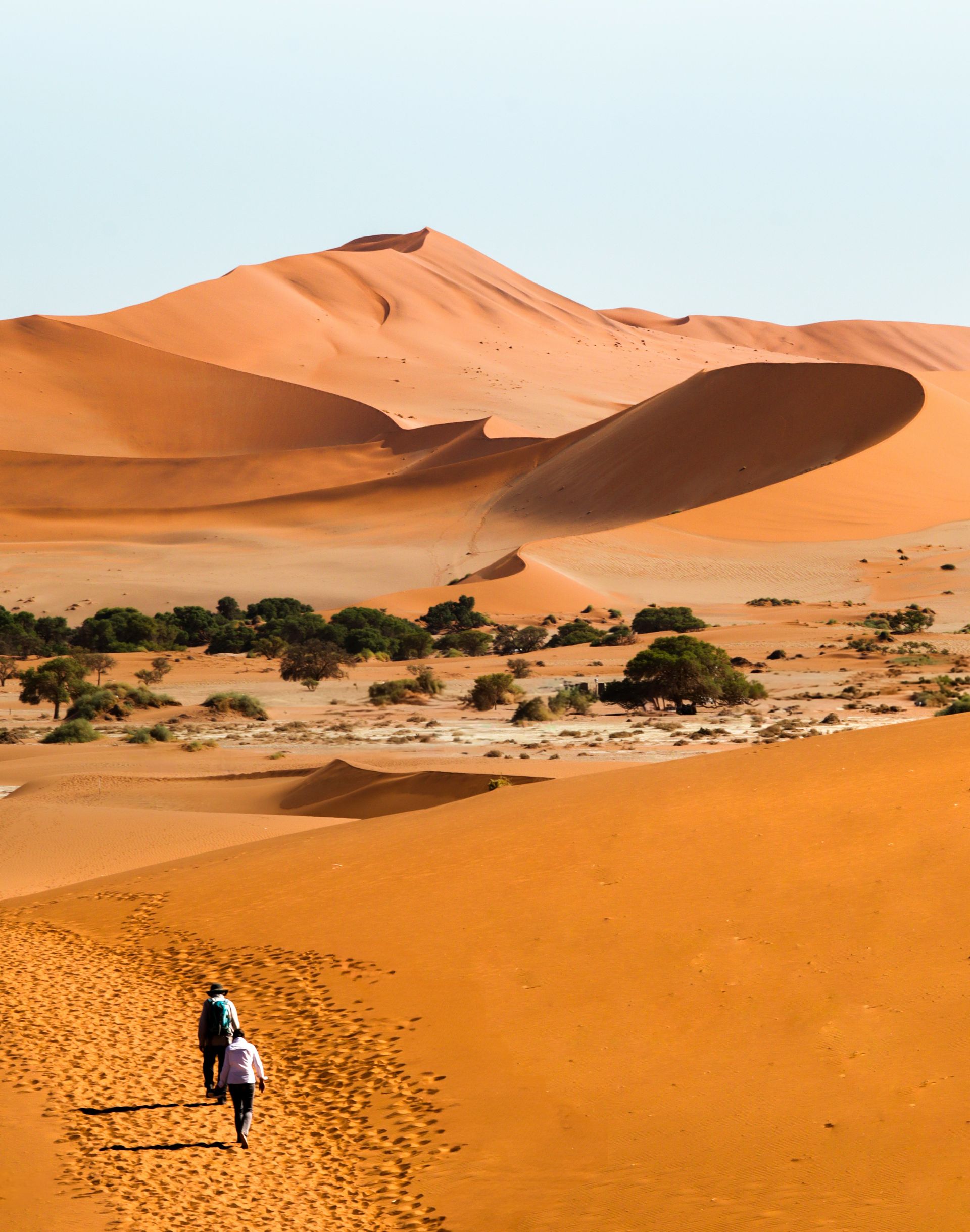
Slide title
Namib Desert
Button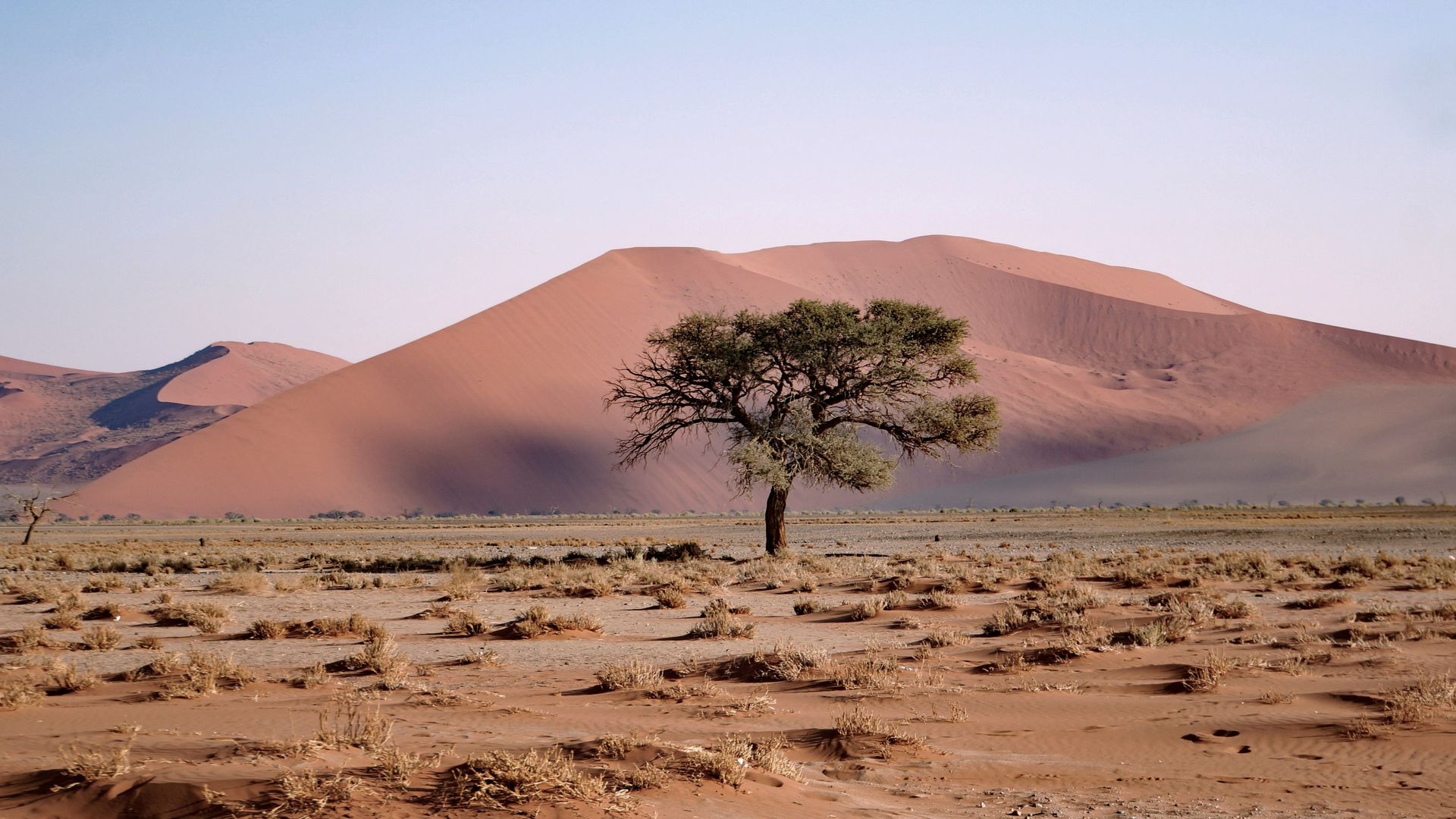
Slide title
Namib Desert
Button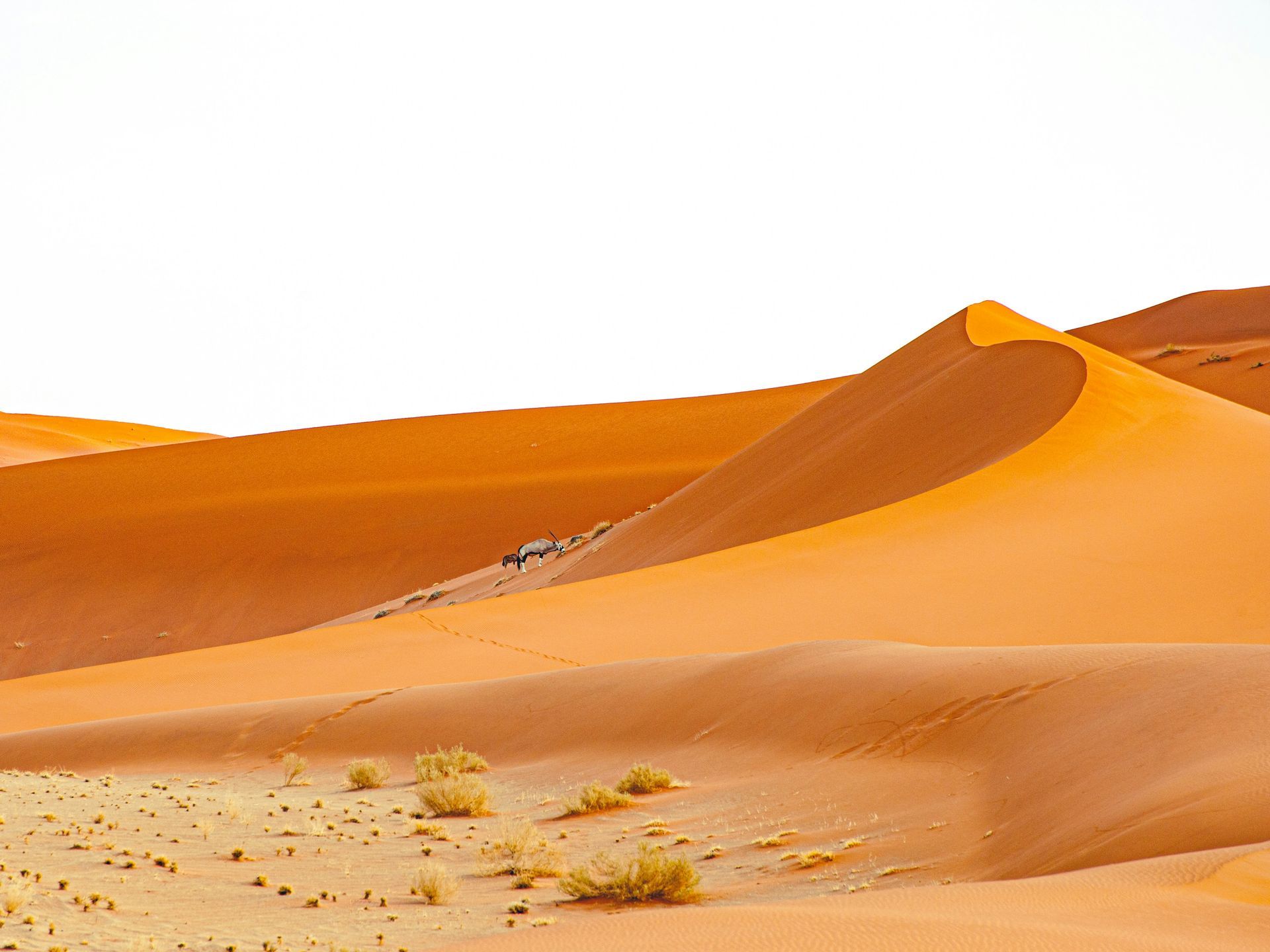
Slide title
Namib Desert
Button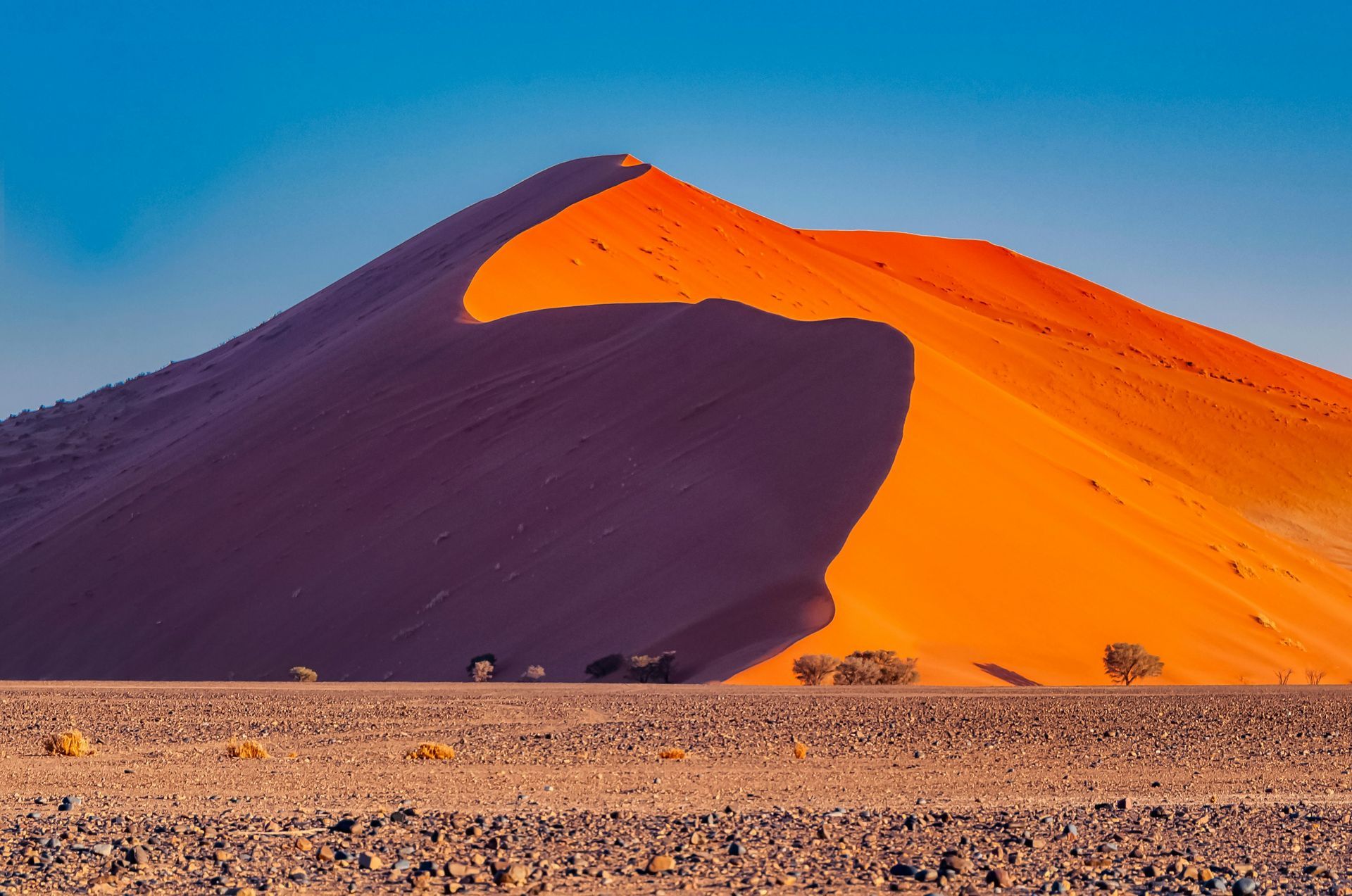
Slide title
Namib Desert
Button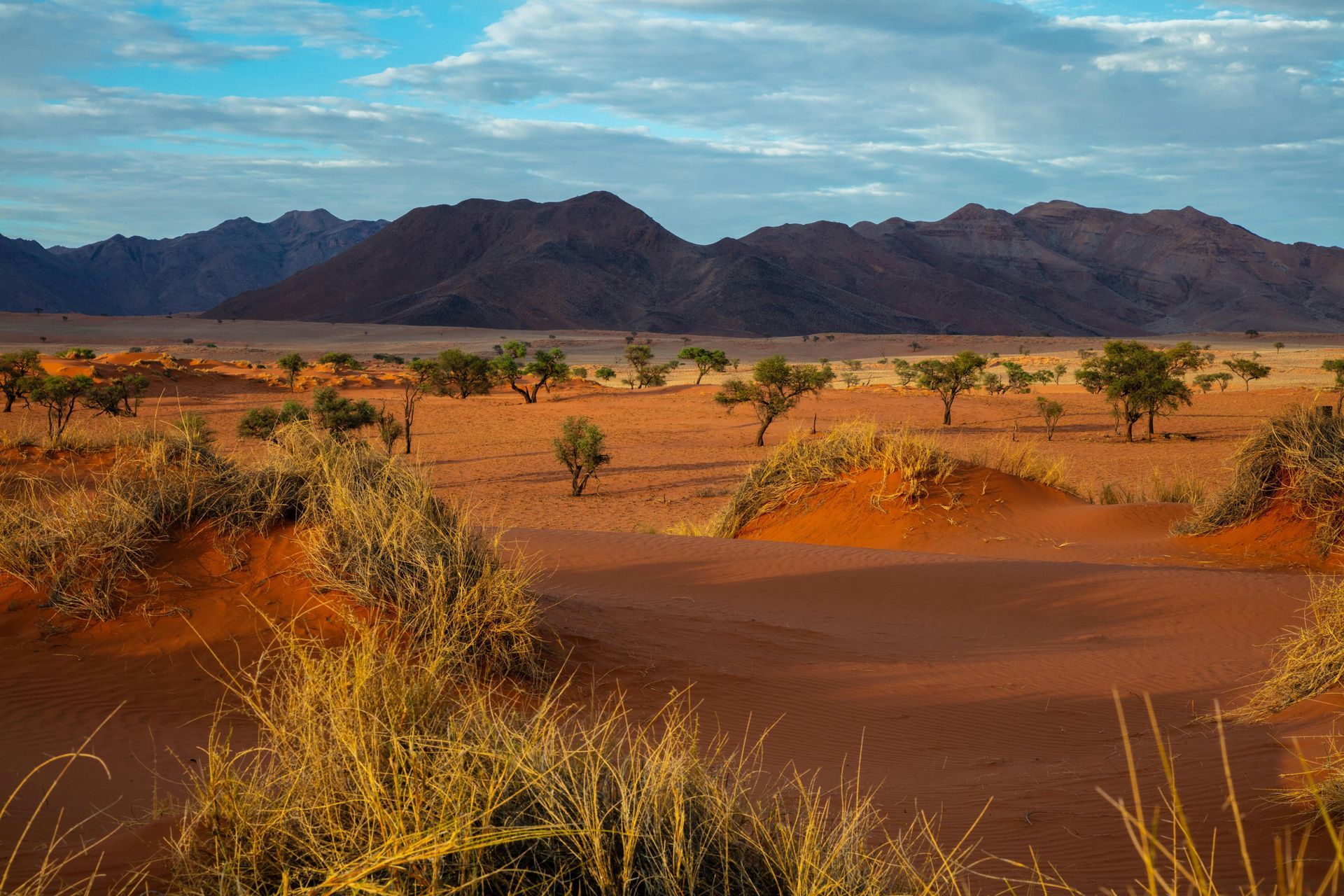
Slide title
Namib Desert
Button
Slide title
Namib Desert
Button

Slide title
Damaraland
Button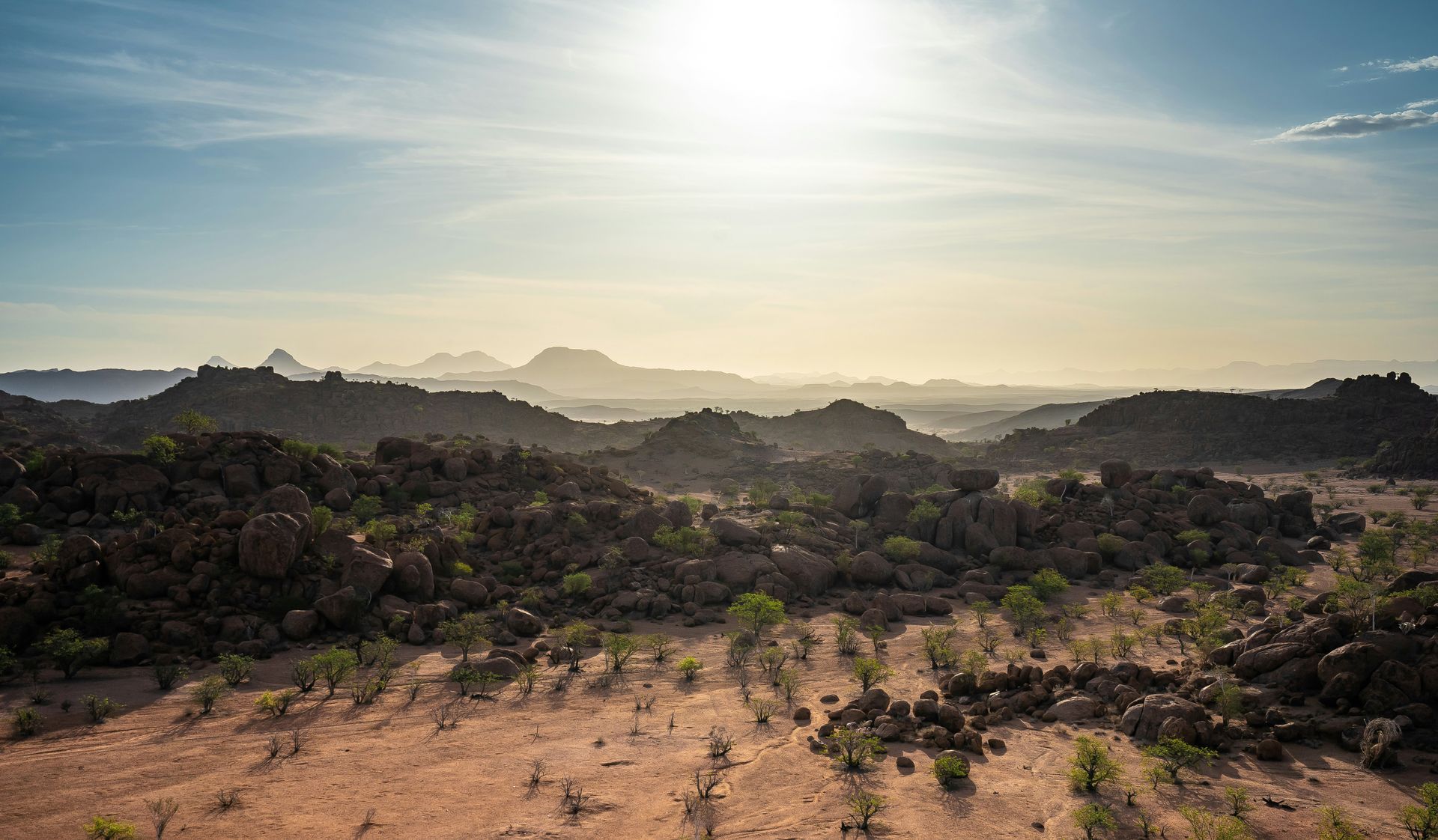
Slide title
Damaraland
Button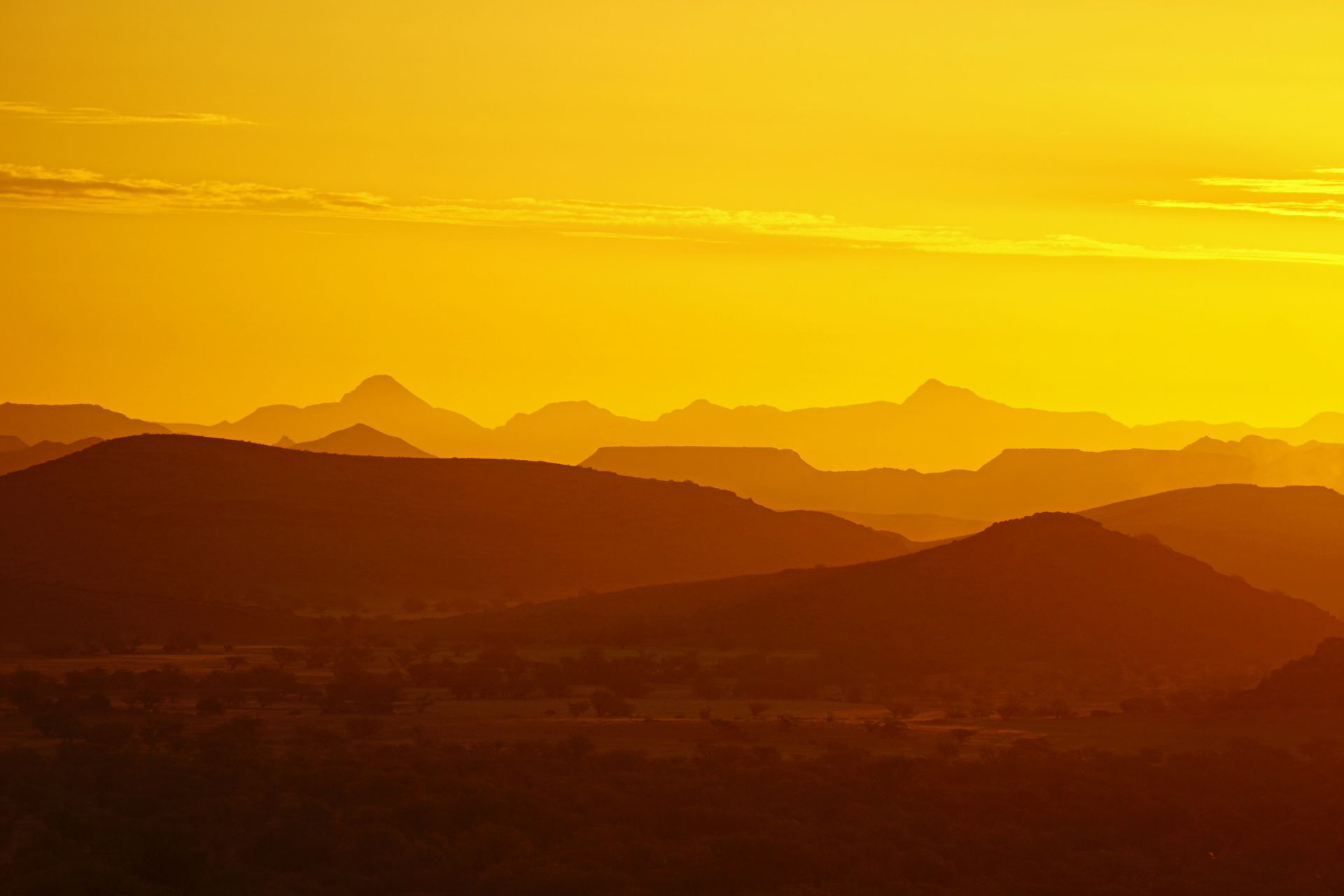
Slide title
Damaraland
Button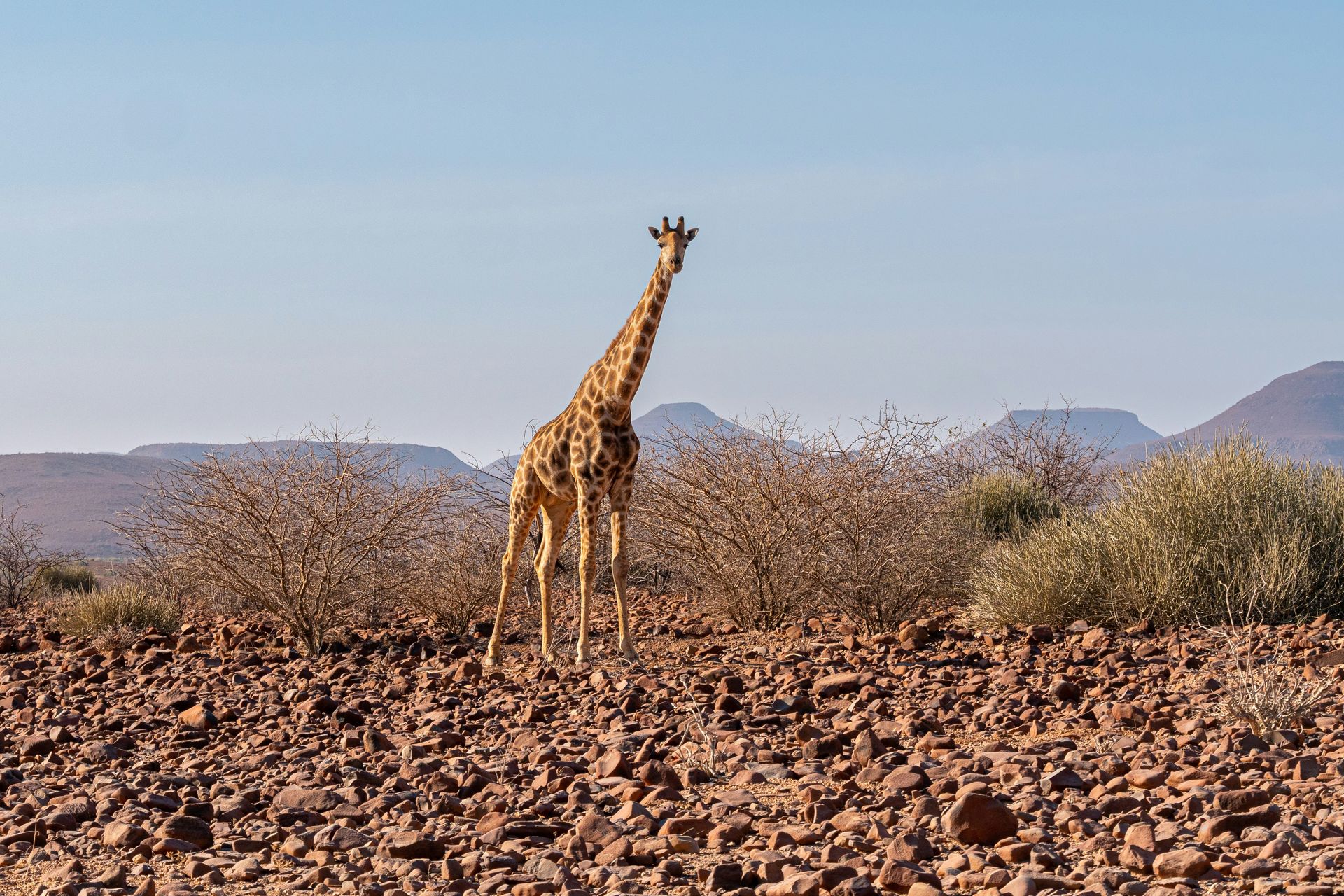
Slide title
Damaraland
Button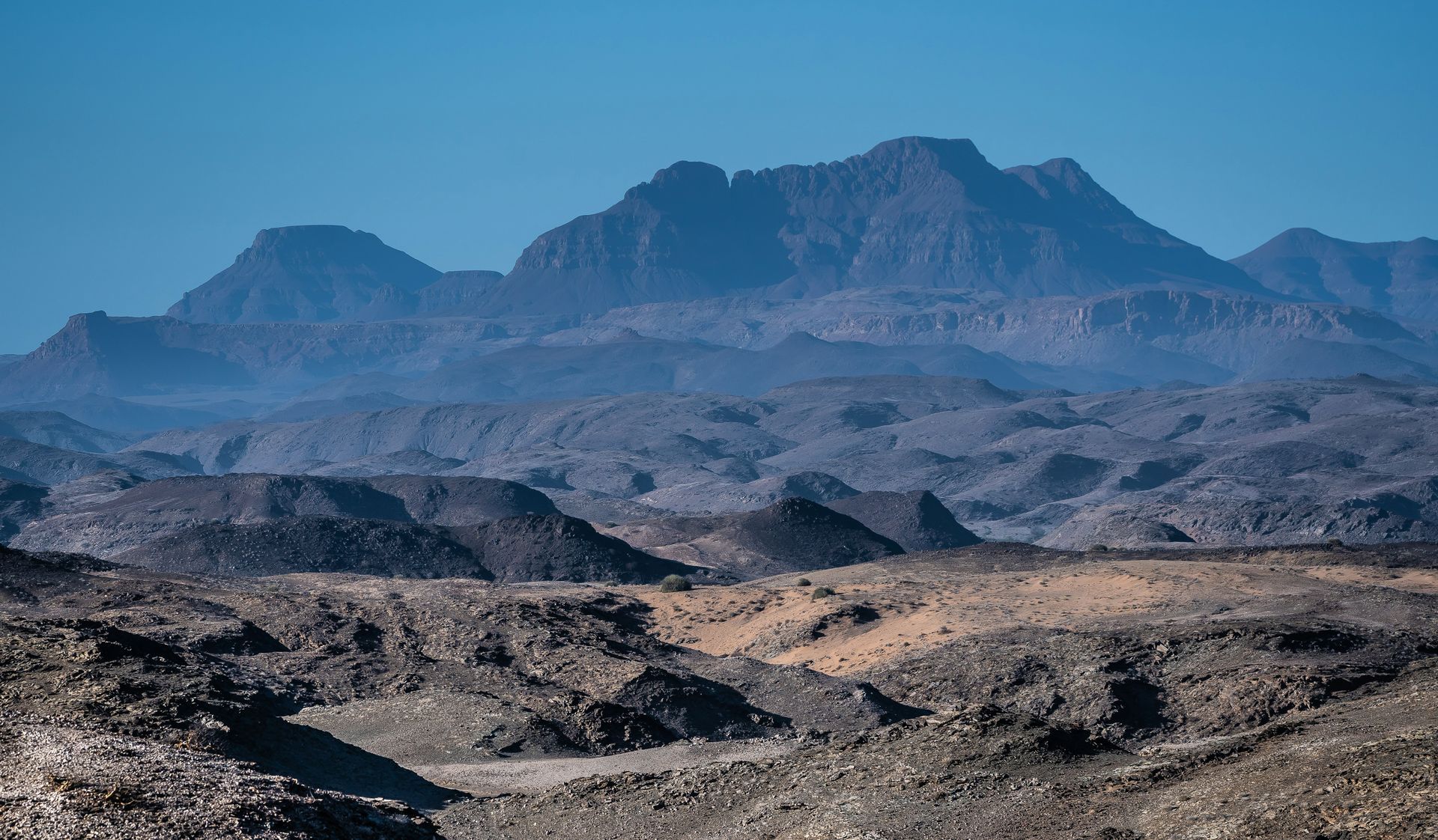
Slide title
Damaraland
Button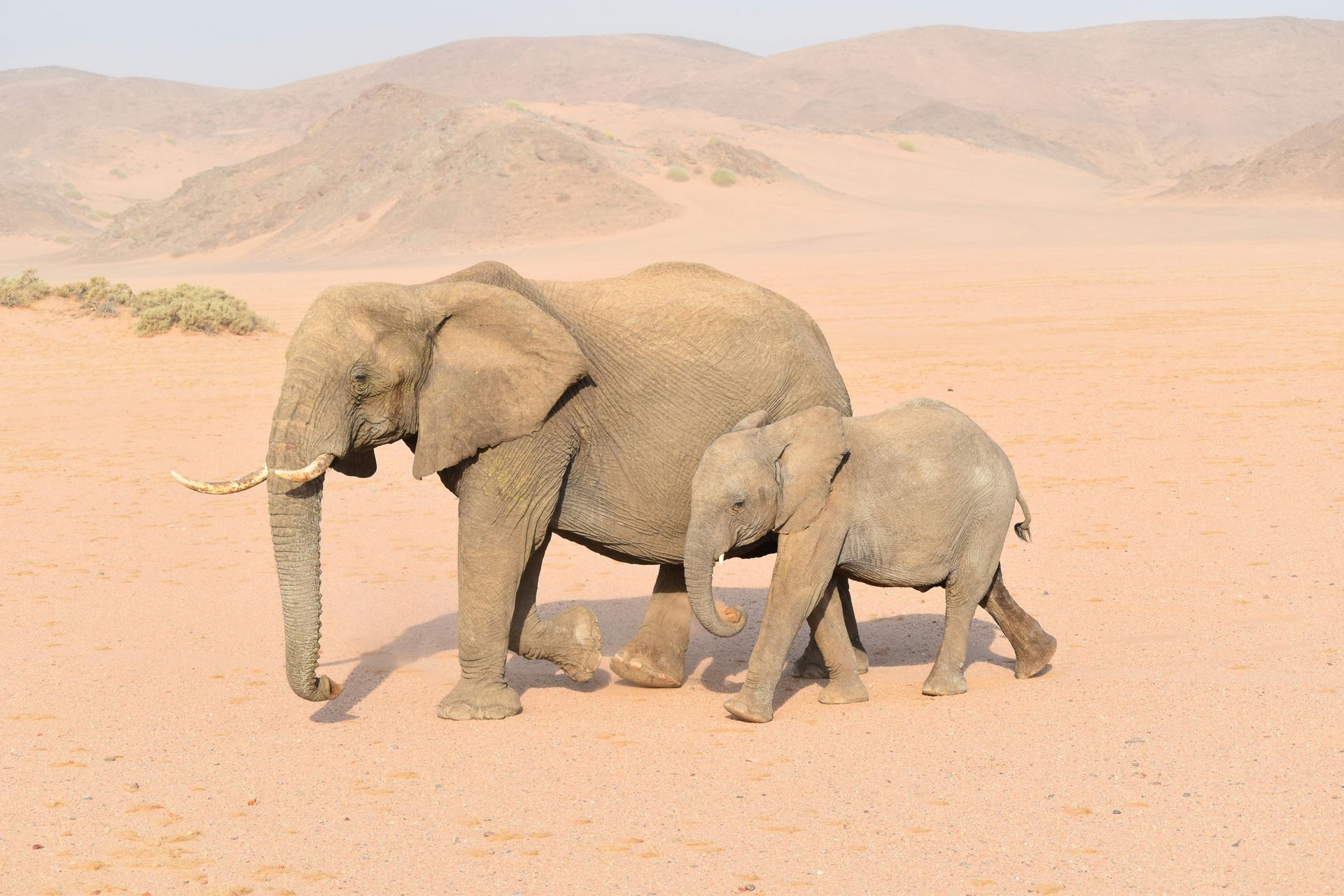
Slide title
Damaraland
Button
Slide title
Damaraland
Button
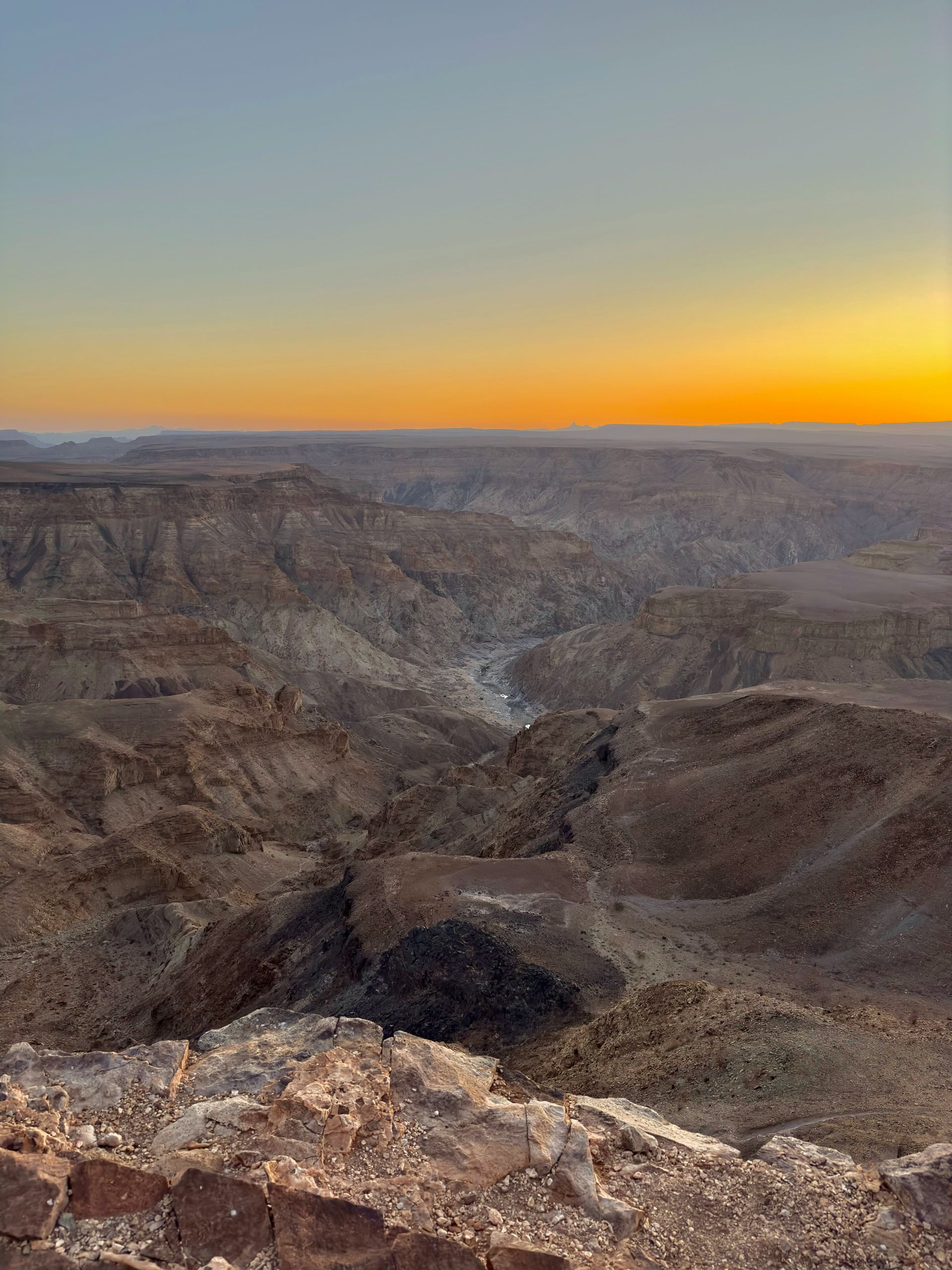
Slide title
Fish River Canyon
Button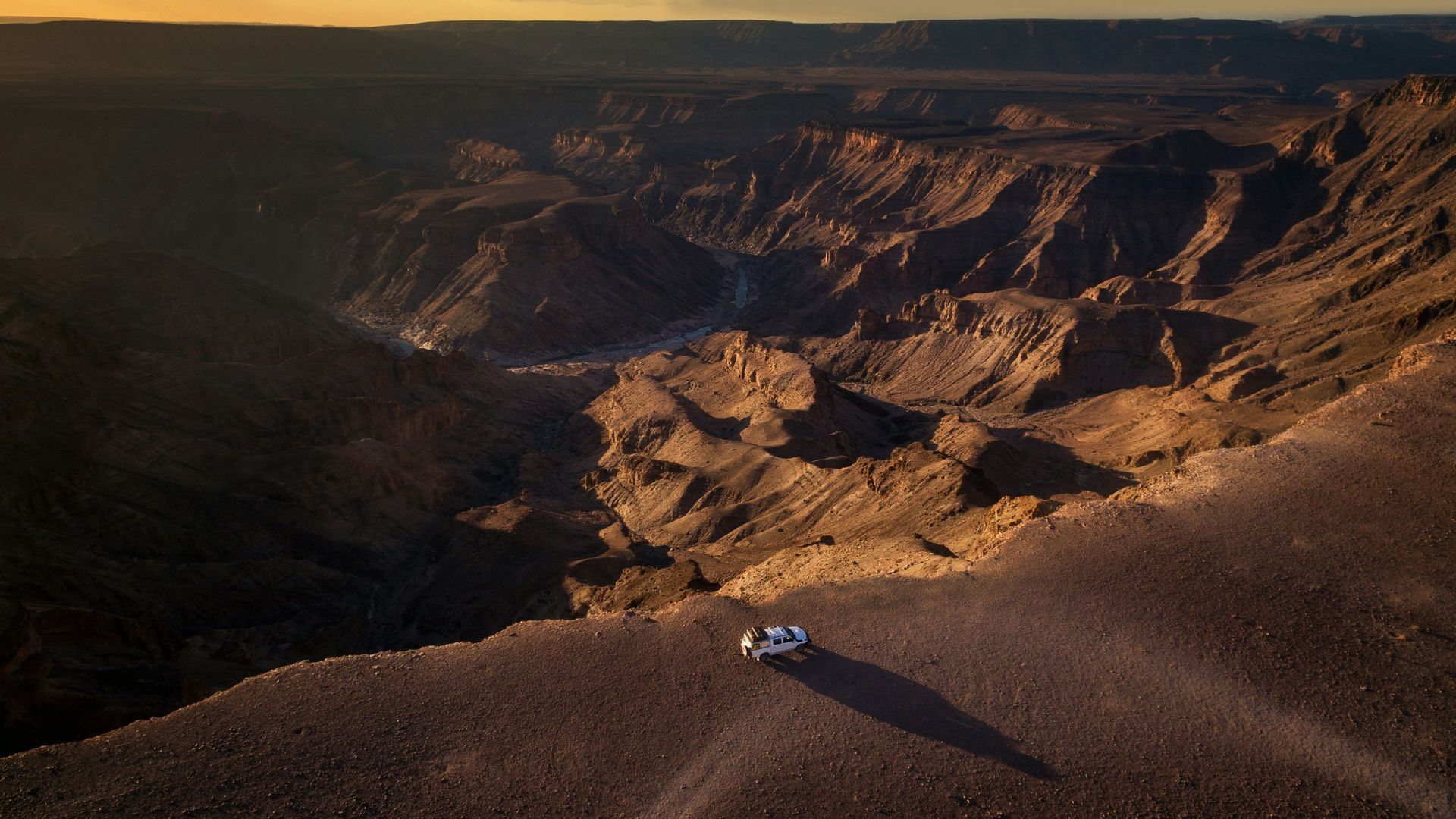
Slide title
Fish River Canyon
Button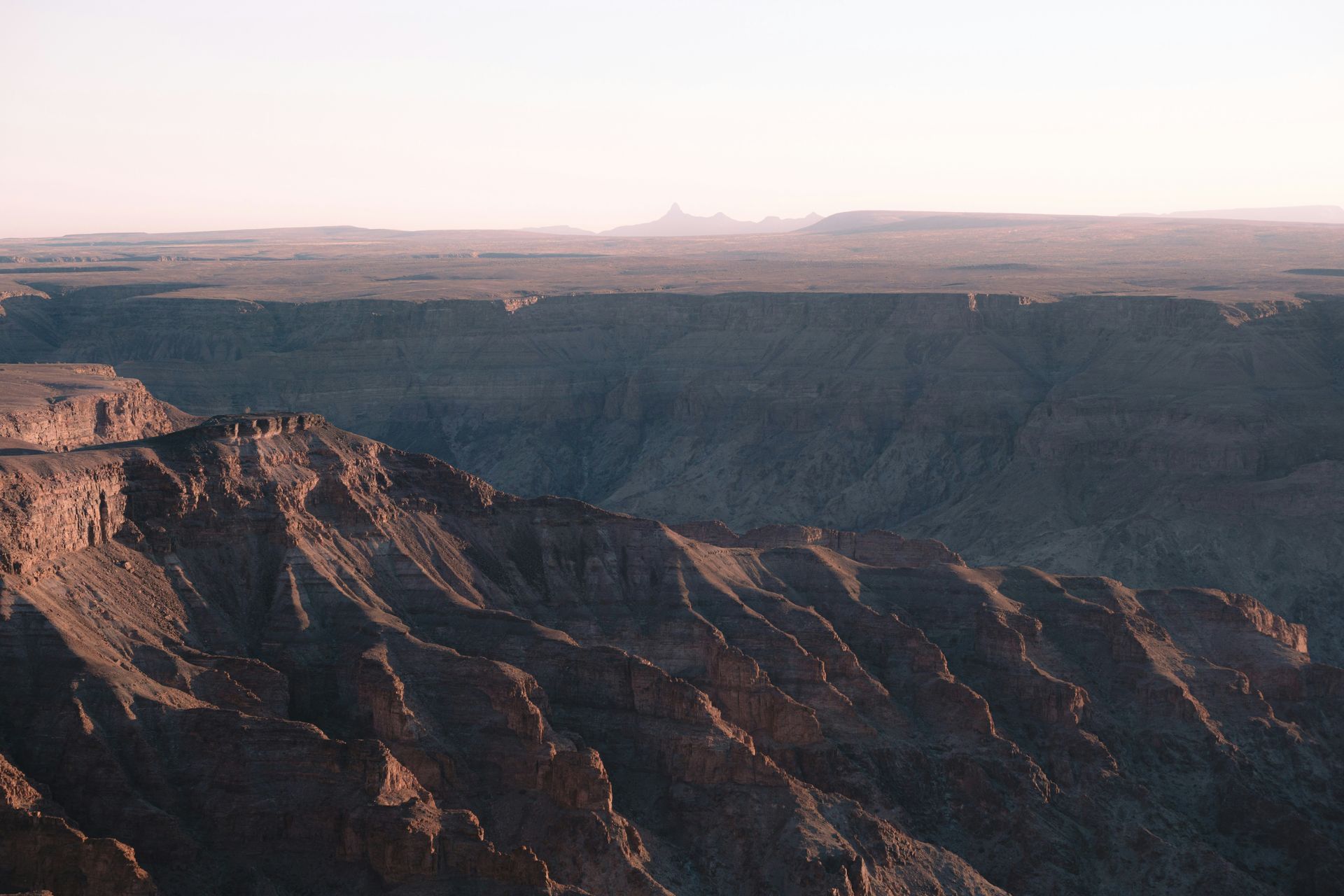
Slide title
Fish River Canyon
Button
Slide title
Fish River Canyon
Button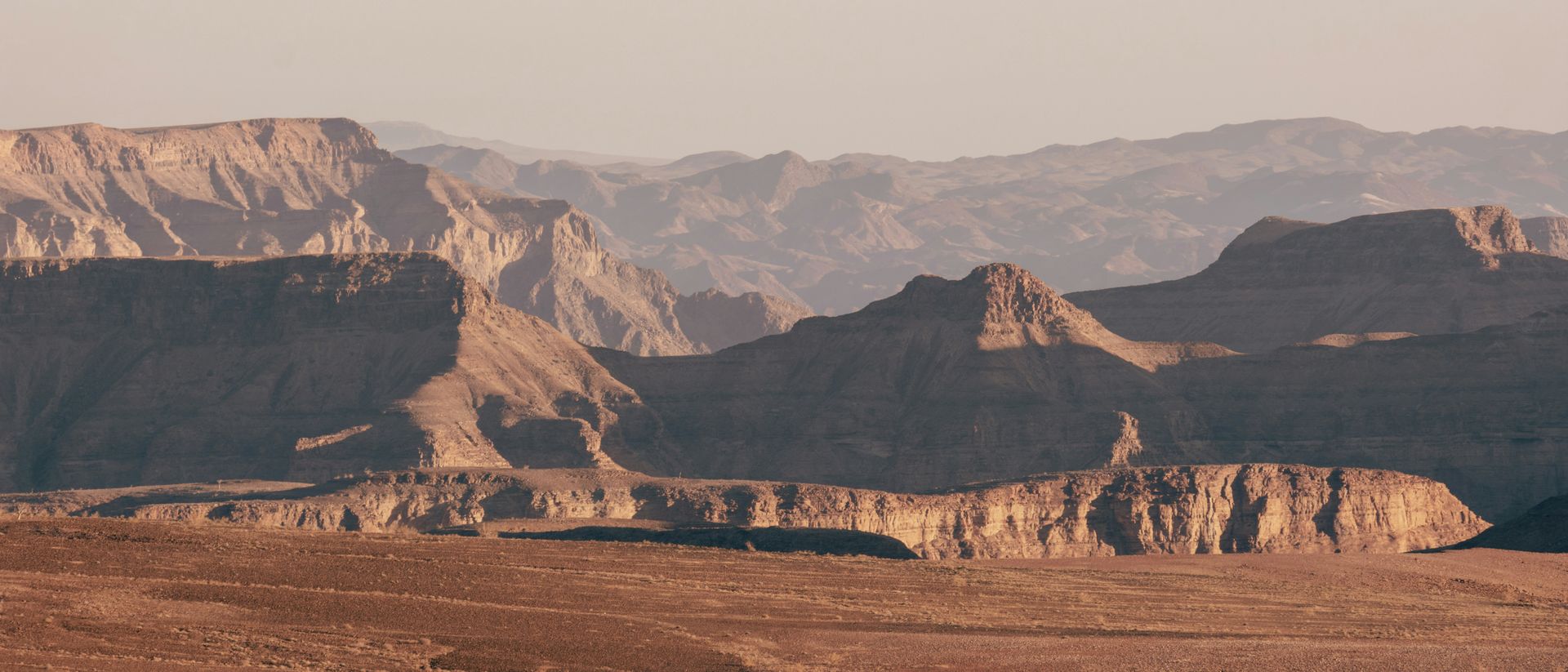
Slide title
Fish River Canyon
Button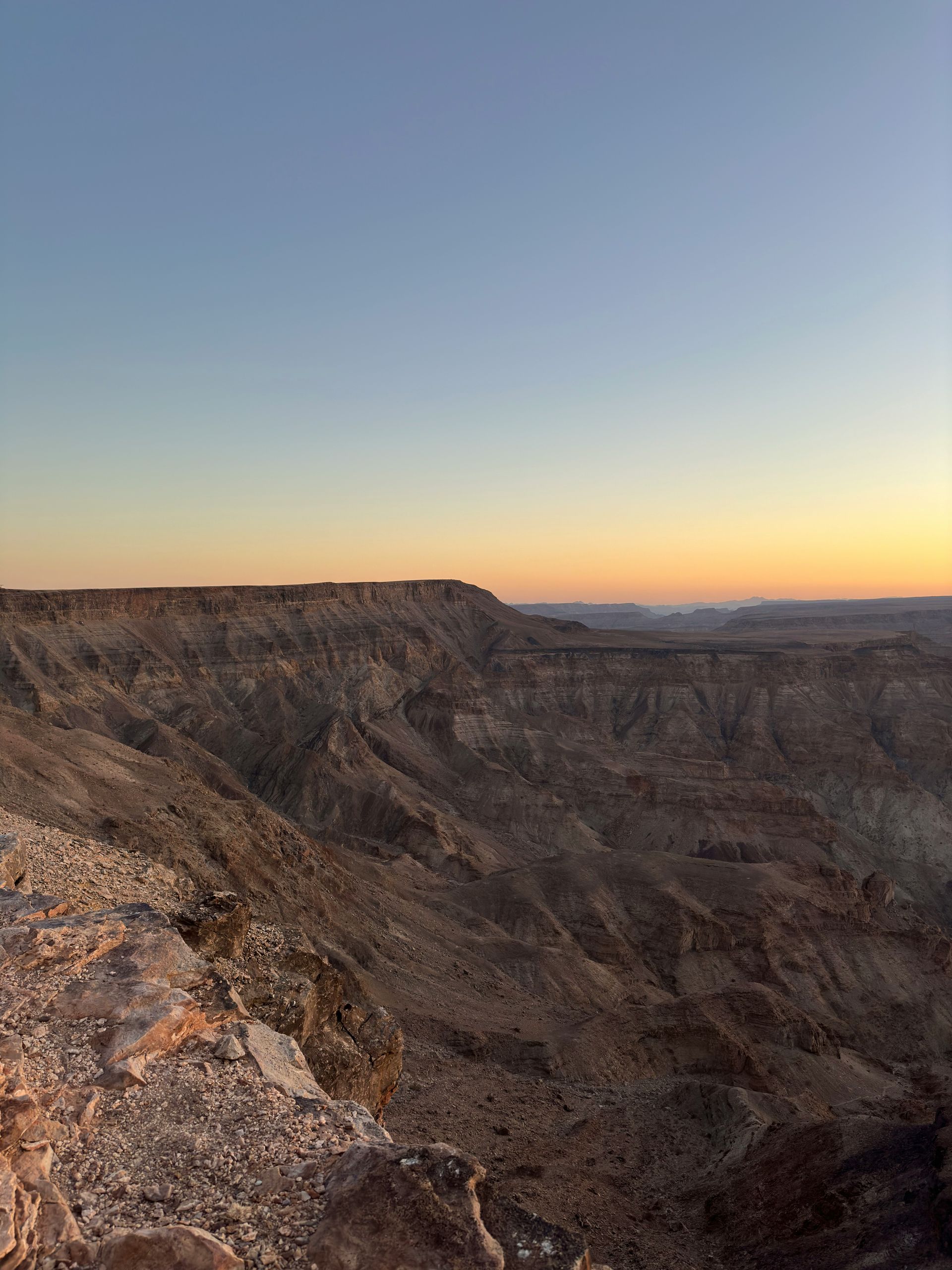
Slide title
Fish River Canyon
Button
Featured Destinations

Slide title
Etosha
Button
Slide title
Etosha
Button
Slide title
Etosha
Button
Slide title
Etosha
Button
Slide title
Etosha
Button
Slide title
Etosha
Button
Slide title
Etosha
Button
Slide title
Etosha
Button
Slide title
Etosha
Button

Slide title
Namib Desert
Button
Slide title
Namib Desert
Button
Slide title
Namib Desert
Button
Slide title
Namib Desert
Button
Slide title
Namib Desert
Button
Slide title
Namib Desert
Button
Slide title
Namib Desert
Button
Slide title
Namib Desert
Button
Slide title
Namib Desert
Button

Slide title
Damaraland
Button
Slide title
Damaraland
Button
Slide title
Damaraland
Button
Slide title
Damaraland
Button
Slide title
Damaraland
Button
Slide title
Damaraland
Button
Slide title
Damaraland
Button

Slide title
Fish River Canyon
Button
Slide title
Fish River Canyon
Button
Slide title
Fish River Canyon
Button
Slide title
Fish River Canyon
Button
Slide title
Fish River Canyon
Button
Slide title
Fish River Canyon
Button
The Namibian Culture
Namibia’s culture is as diverse as its landscapes, shaped by a mosaic of traditions, languages, and communities. Indigenous groups such as the Himba, Herero, and San each bring their own unique customs, from vibrant dress to ancient storytelling and spiritual practices. German colonial influence is also visible in architecture, cuisine, and festivals, blending with African heritage to create a fascinating cultural mix. Whether experiencing traditional dances, exploring local crafts, or engaging with Namibia’s warm and welcoming people, travelers gain insight into a culture that is both deeply rooted and ever evolving.
Languages & Storytelling
Namibia is a country of remarkable linguistic diversity, with over 30 languages spoken across its regions. From Oshiwambo and Khoekhoegowab to German and English, language is a vital part of cultural identity and daily life. Storytelling, often passed down orally, plays a central role in preserving history, moral lessons, and traditional knowledge. Folktales, myths, and legends bring communities together, offering travelers insight into Namibia’s rich cultural heritage and the wisdom of its people.
Music & Dance
Music and dance are central to Namibia’s cultural identity, serving as powerful forms of storytelling and community expression. Traditional rhythms, often accompanied by drums, handclaps, and chants, bring people together for ceremonies, celebrations, and rituals. Each community has its own distinctive style—such as the San’s trance dances used in healing rituals or the Herero’s vibrant performances during festivals. Modern Namibian music blends these traditions with contemporary genres, creating a lively scene that reflects both heritage and innovation. For travelers, experiencing music and dance in Namibia offers a joyful glimpse into the heart of its people.
Indigenous Traditions
Namibia is home to a rich tapestry of indigenous cultures, each with distinct customs and ways of life. The Himba people are known for their striking appearance, with ochre-colored skin and intricate hairstyles that reflect age and status. The Herero are recognized for their elegant, Victorian-style dresses, while the San (Bushmen), among the world’s oldest cultures, preserve ancient knowledge of tracking, hunting, and storytelling. These traditions, passed down through generations, offer travelers a window into Namibia’s deep cultural heritage and the resilience of its people.
The Namibian Culture
Namibia’s culture is as diverse as its landscapes, shaped by a mosaic of traditions, languages, and communities. Indigenous groups such as the Himba, Herero, and San each bring their own unique customs, from vibrant dress to ancient storytelling and spiritual practices. German colonial influence is also visible in architecture, cuisine, and festivals, blending with African heritage to create a fascinating cultural mix. Whether experiencing traditional dances, exploring local crafts, or engaging with Namibia’s warm and welcoming people, travelers gain insight into a culture that is both deeply rooted and ever evolving.
Languages & Storytelling
Namibia is a country of remarkable linguistic diversity, with over 30 languages spoken across its regions. From Oshiwambo and Khoekhoegowab to German and English, language is a vital part of cultural identity and daily life. Storytelling, often passed down orally, plays a central role in preserving history, moral lessons, and traditional knowledge. Folktales, myths, and legends bring communities together, offering travelers insight into Namibia’s rich cultural heritage and the wisdom of its people.
Music & Dance
Music and dance are central to Namibia’s cultural identity, serving as powerful forms of storytelling and community expression. Traditional rhythms, often accompanied by drums, handclaps, and chants, bring people together for ceremonies, celebrations, and rituals. Each community has its own distinctive style—such as the San’s trance dances used in healing rituals or the Herero’s vibrant performances during festivals. Modern Namibian music blends these traditions with contemporary genres, creating a lively scene that reflects both heritage and innovation. For travelers, experiencing music and dance in Namibia offers a joyful glimpse into the heart of its people.
Indigenous Traditions
Namibia is home to a rich tapestry of indigenous cultures, each with distinct customs and ways of life. The Himba people are known for their striking appearance, with ochre-colored skin and intricate hairstyles that reflect age and status. The Herero are recognized for their elegant, Victorian-style dresses, while the San (Bushmen), among the world’s oldest cultures, preserve ancient knowledge of tracking, hunting, and storytelling. These traditions, passed down through generations, offer travelers a window into Namibia’s deep cultural heritage and the resilience of its people.
The Namibian Culture
Namibia’s culture is as diverse as its landscapes, shaped by a mosaic of traditions, languages, and communities. Indigenous groups such as the Himba, Herero, and San each bring their own unique customs, from vibrant dress to ancient storytelling and spiritual practices. German colonial influence is also visible in architecture, cuisine, and festivals, blending with African heritage to create a fascinating cultural mix. Whether experiencing traditional dances, exploring local crafts, or engaging with Namibia’s warm and welcoming people, travelers gain insight into a culture that is both deeply rooted and ever evolving.
Languages & Storytelling
Namibia is a country of remarkable linguistic diversity, with over 30 languages spoken across its regions. From Oshiwambo and Khoekhoegowab to German and English, language is a vital part of cultural identity and daily life. Storytelling, often passed down orally, plays a central role in preserving history, moral lessons, and traditional knowledge. Folktales, myths, and legends bring communities together, offering travelers insight into Namibia’s rich cultural heritage and the wisdom of its people.
Music & Dance
Music and dance are central to Namibia’s cultural identity, serving as powerful forms of storytelling and community expression. Traditional rhythms, often accompanied by drums, handclaps, and chants, bring people together for ceremonies, celebrations, and rituals. Each community has its own distinctive style—such as the San’s trance dances used in healing rituals or the Herero’s vibrant performances during festivals. Modern Namibian music blends these traditions with contemporary genres, creating a lively scene that reflects both heritage and innovation. For travelers, experiencing music and dance in Namibia offers a joyful glimpse into the heart of its people.
Indigenous Traditions
Namibia is home to a rich tapestry of indigenous cultures, each with distinct customs and ways of life. The Himba people are known for their striking appearance, with ochre-colored skin and intricate hairstyles that reflect age and status. The Herero are recognized for their elegant, Victorian-style dresses, while the San (Bushmen), among the world’s oldest cultures, preserve ancient knowledge of tracking, hunting, and storytelling. These traditions, passed down through generations, offer travelers a window into Namibia’s deep cultural heritage and the resilience of its people.
Traditional Dishes
-
Kapana
Kapana is one of Namibia’s most beloved street foods, bringing people together around open-air grills in markets and town centers. Strips of beef are freshly cut and cooked over hot coals, then served sizzling with chili spice, salt, and sometimes a side of salsa or fresh bread. More than just a snack, Kapana is a social experience—friends and strangers gather around the grill to share in the flavor and atmosphere. Its smoky aroma and communal spirit make it an essential taste of everyday life in Namibia.
-
Boerewors
Boerewors, meaning “farmer’s sausage” in Afrikaans, is a popular dish in Namibia often enjoyed at braais (barbecues). Made from a mix of beef and sometimes lamb or pork, the sausage is seasoned with spices like coriander, nutmeg, and cloves, giving it a rich, savory flavor. It’s cooked in a coiled shape over open flames, filling the air with a mouthwatering aroma. Served with pap (maize porridge), bread, or simply on its own, Boerewors is more than just a meal—it’s a staple of social gatherings and a symbol of Namibia’s shared food traditions.
-
Oshithima
Oshithima is a traditional Namibian staple dish made from mahangu (pearl millet) or sometimes maize flour, cooked into a thick, smooth porridge. It is commonly enjoyed in Oshiwambo communities and served alongside stews, meats, or vegetables. Nutritious and filling, Oshithima is prepared by stirring vigorously until it reaches a firm, dough-like texture, then shaped into portions for sharing. More than just food, it represents togetherness and is central to daily meals as well as special occasions in northern Namibia.
-
Biltong
Biltong is a beloved Namibian snack made from strips of meat—usually beef or game—cured with vinegar, salt, and spices before being air-dried. Unlike jerky, it is thicker and often left slightly tender inside, giving it a rich, savory flavor. Highly portable and long-lasting, biltong has roots in traditional methods of preserving meat and remains a favorite for road trips, safaris, and casual snacking. Today, it’s enjoyed across Namibia as both a cultural tradition and a tasty, protein-packed treat.
-
Mahangu Soup
Mahangu soup is a nourishing dish made from pearl millet, known locally as mahangu, which has long been a staple crop in northern Namibia. The millet is ground and cooked into a hearty, creamy base, often enriched with vegetables, beans, or meat for added flavor and nutrition. Naturally gluten-free and packed with energy, mahangu soup is both comforting and sustaining, reflecting the deep connection between Namibian communities and this resilient grain. It is especially enjoyed in rural households, where mahangu remains central to daily life and culinary tradition.
-
Oodhingu
Oodhingu is a traditional smoked meat dish from northern Namibia, particularly popular among Oshiwambo communities. Prepared by curing strips of beef or game with salt and then smoking them slowly over an open fire, the result is flavorful, long-lasting meat with a distinct smoky taste. Traditionally, Oodhingu was a way of preserving food without refrigeration, but today it remains a cherished delicacy served with staples like Oshithima or enjoyed on its own. Its rich flavor and cultural significance make it a true taste of Namibian heritage.
Traditional Dishes
-
Kapana
Kapana is one of Namibia’s most beloved street foods, bringing people together around open-air grills in markets and town centers. Strips of beef are freshly cut and cooked over hot coals, then served sizzling with chili spice, salt, and sometimes a side of salsa or fresh bread. More than just a snack, Kapana is a social experience—friends and strangers gather around the grill to share in the flavor and atmosphere. Its smoky aroma and communal spirit make it an essential taste of everyday life in Namibia.
-
Boerewors
Boerewors, meaning “farmer’s sausage” in Afrikaans, is a popular dish in Namibia often enjoyed at braais (barbecues). Made from a mix of beef and sometimes lamb or pork, the sausage is seasoned with spices like coriander, nutmeg, and cloves, giving it a rich, savory flavor. It’s cooked in a coiled shape over open flames, filling the air with a mouthwatering aroma. Served with pap (maize porridge), bread, or simply on its own, Boerewors is more than just a meal—it’s a staple of social gatherings and a symbol of Namibia’s shared food traditions.
-
Oshithima
Oshithima is a traditional Namibian staple dish made from mahangu (pearl millet) or sometimes maize flour, cooked into a thick, smooth porridge. It is commonly enjoyed in Oshiwambo communities and served alongside stews, meats, or vegetables. Nutritious and filling, Oshithima is prepared by stirring vigorously until it reaches a firm, dough-like texture, then shaped into portions for sharing. More than just food, it represents togetherness and is central to daily meals as well as special occasions in northern Namibia.
-
Biltong
Biltong is a beloved Namibian snack made from strips of meat—usually beef or game—cured with vinegar, salt, and spices before being air-dried. Unlike jerky, it is thicker and often left slightly tender inside, giving it a rich, savory flavor. Highly portable and long-lasting, biltong has roots in traditional methods of preserving meat and remains a favorite for road trips, safaris, and casual snacking. Today, it’s enjoyed across Namibia as both a cultural tradition and a tasty, protein-packed treat.
-
Mahangu Soup
Mahangu soup is a nourishing dish made from pearl millet, known locally as mahangu, which has long been a staple crop in northern Namibia. The millet is ground and cooked into a hearty, creamy base, often enriched with vegetables, beans, or meat for added flavor and nutrition. Naturally gluten-free and packed with energy, mahangu soup is both comforting and sustaining, reflecting the deep connection between Namibian communities and this resilient grain. It is especially enjoyed in rural households, where mahangu remains central to daily life and culinary tradition.
-
Oodhingu
Oodhingu is a traditional smoked meat dish from northern Namibia, particularly popular among Oshiwambo communities. Prepared by curing strips of beef or game with salt and then smoking them slowly over an open fire, the result is flavorful, long-lasting meat with a distinct smoky taste. Traditionally, Oodhingu was a way of preserving food without refrigeration, but today it remains a cherished delicacy served with staples like Oshithima or enjoyed on its own. Its rich flavor and cultural significance make it a true taste of Namibian heritage.
Love this destination?
Have Viking Travel book your next getaway!


